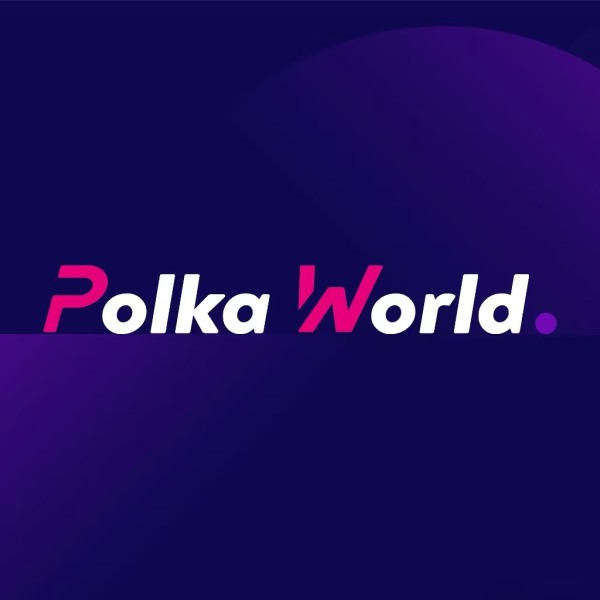Chinese Money Laundering Networks Funnel $312B for Cartels and Criminals
- FinCEN reveals Chinese money laundering networks (CMLNs) laundered $312B from 2020-2024, aiding Mexican cartels in drug trafficking and other crimes like human trafficking and fraud. - CMLNs act as intermediaries, enabling cartels to bypass currency controls while helping Chinese nationals circumvent foreign exchange limits through shell companies and money mules. - Networks also facilitate real estate purchases, healthcare fraud, and elder abuse, with $53.7B linked to property transactions involving she
U.S. financial regulators have revealed that Chinese money laundering networks (CMLNs) were involved in laundering approximately $312 billion in suspicious transactions from January 2020 to December 2024, according to the U.S. Treasury’s Financial Crimes Enforcement Network (FinCEN). These networks are primarily used by Mexico-based drug cartels to launder illicit proceeds from drug trafficking, including fentanyl operations, as well as other crimes such as human trafficking and fraud. FinCEN has issued an advisory and a financial trend analysis to alert financial institutions to the scale and methods of these operations, urging heightened vigilance and improved detection capabilities.
The advisory highlights that CMLNs often act as intermediaries between drug cartels and Chinese individuals seeking to circumvent China’s strict currency control laws. By facilitating the transfer of U.S. dollars, CMLNs allow cartels to convert illicit drug profits into usable currency while also helping Chinese nationals bypass limits on foreign currency transfers. This mutualistic relationship is driven by regulatory constraints in both Mexico and China, which complicate direct financial flows for cartels and Chinese citizens alike. FinCEN has emphasized that the U.S. financial system must not be a conduit for these criminal networks.
In addition to drug-related proceeds, CMLNs are involved in a range of other illicit activities. According to the data analyzed by FinCEN, financial institutions filed 1,675 suspicious activity reports potentially linked to human trafficking or smuggling. There were also 43 reports involving $766 million in transactions connected to 83 adult and senior day care centers in New York. The networks have also been tied to healthcare fraud, elder abuse, and suspicious gaming activity, illustrating the broad scope of their operations.
Real estate has emerged as a significant vehicle for laundering illicit funds. FinCEN identified 17,389 suspicious activity reports involving over $53.7 billion in transactions related to the real estate sector. CMLNs frequently use money mules or shell companies to purchase property, which is then leveraged as an investment or asset for either the network itself or wealthy Chinese clients. These transactions are often complex and involve third parties, further obscuring the source of the funds.
To combat these activities, FinCEN has outlined key indicators that financial institutions should monitor. For instance, money mules often use occupations such as “student,” “housewife,” or “retired” when opening accounts, which is inconsistent with the high volumes of transactions observed in their accounts. Such patterns can serve as red flags for suspicious behavior. The advisory provides a more detailed list of indicators to help institutions detect and report CMLN activity.
FinCEN’s efforts align with broader government strategies to disrupt transnational crime by targeting the financial infrastructure that supports illicit activities. The advisory and financial trend analysis aim to strengthen collaboration between financial institutions and regulatory bodies to identify and dismantle these networks. By doing so, the U.S. aims to prevent the proliferation of CMLNs and reduce their impact on public safety and financial integrity.

Disclaimer: The content of this article solely reflects the author's opinion and does not represent the platform in any capacity. This article is not intended to serve as a reference for making investment decisions.
You may also like
Trend Research: The "Blockchain Revolution" is underway, remaining bullish on Ethereum
In a scenario of extreme fear, where capital and sentiment have not yet fully recovered, ETH is still in a relatively good buying "strike zone."

Should You Still Believe in Crypto
No industry has always been right along the way, until it truly changes the world.

Gavin Wood: After EVM, JAM will become the new industry consensus!

You Should Also Believe in <strong>Crypto</strong>
No industry has ever been right all the way until it truly changed the world
